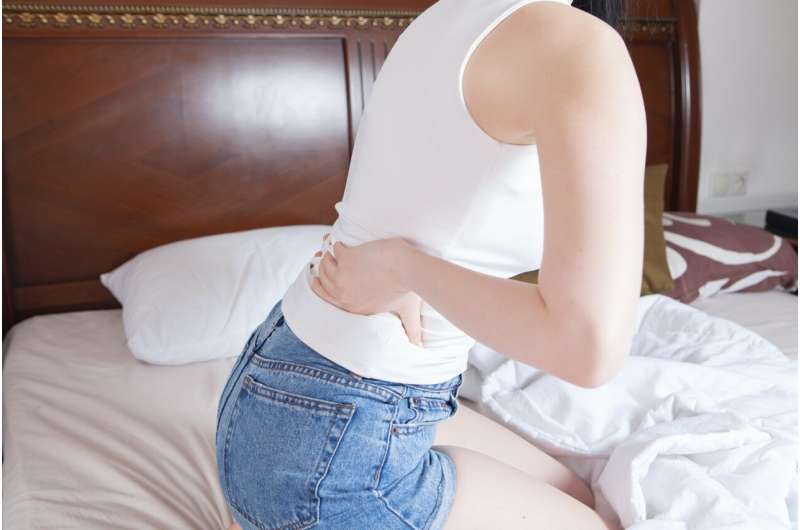European Guidelines for Clinical Investigations of High-Risk Medical Devices

New European guidelines from the CORE-MD consortium establish robust, transparent frameworks for clinical investigations of high-risk medical devices, enhancing safety, efficacy, and innovation across healthcare systems.
The CORE-MD (Coordinating Research and Evidence for high-risk Medical Devices) consortium has released comprehensive, scientifically grounded recommendations aimed at standardizing and improving the clinical investigation process for high-risk medical devices across Europe. Published in The Lancet Regional Health Europe, these guidelines address a critical need for more robust evidence supporting the safety and efficacy of advanced medical technologies.
The European Commission requested expert input to refine trial designs for devices like cardiovascular implants, orthopedic systems, and diabetes management systems, highlighting a significant gap where current evidence often lacks rigor, particularly in randomized controlled trials. Unlike pharmaceuticals, which require extensive safety and efficacy data before market approval, high-risk devices in Europe are only mandated to provide 'sufficient clinical evidence,' a standard that remains vaguely defined. Consequently, many devices reach the market with limited public data, raising concerns over patient safety.
To address these issues, the CORE-MD recommendations propose a four-stage clinical investigation framework, encompassing initial studies, intermediate assessments, large-scale trials, and long-term follow-up. Emphasizing the importance of randomized controlled trials, including ethically designed sham controls, the guidelines also advocate for embedding large trials within registries to expedite evidence generation. Transparency in study protocols, data sharing, and results reporting is strongly emphasized, promoting openness and reproducibility. Additionally, for breakthrough or orphan devices, tailored post-market studies are recommended to confirm initial findings.
Professor Alan Fraser, coordinator of CORE-MD, emphasized that these guidelines provide a vital scientific foundation for evaluating high-risk medical devices in Europe, shifting away from reliance on legal interpretations towards clinical principles. The guidelines aim to assist developers, regulators, and clinicians in adopting strategies that produce robust and patient-centered evidence.
The consortium, led by the European Society of Cardiology and including the Federation of Orthopedics and Traumatology, brought together over 100 experts including clinicians, regulators, and patient representatives. Their work has influenced proposals for EU regulatory reforms, aiming to enhance patient safety while fostering innovation. The recommendations are currently under review by EU regulators and are expected to shape future guidelines in medical device evaluation, ensuring they are aligned with scientific best practices and transparent processes.
Stay Updated with Mia's Feed
Get the latest health & wellness insights delivered straight to your inbox.
Related Articles
Enhanced Infectious Disease Testing in Migrants Reduces Transmission, Study Finds
A groundbreaking study demonstrates that routine, comprehensive infectious disease testing among migrants in primary care settings significantly improves early detection and reduces community transmission, enhancing public health outcomes.
New Clinical Guideline for Managing Early-Stage Non-Small Cell Lung Cancer
The CHEST guideline provides 17 evidence-based recommendations for managing early-stage non-small cell lung cancer, emphasizing minimally invasive surgery and targeted therapies to improve outcomes.
Understanding Nutrient Transport in the Body: Insights into Cancer Treatment
Discover how mapping nutrient transport pathways in the body opens new possibilities for cancer therapy and disease management, highlighting recent breakthroughs in cellular transporter research.
New Daily Oral Medication for Endometriosis Soon Available on the NHS: How Linzagolix Works
A new oral medication, linzagolix, has been recommended by NICE for the treatment of endometriosis. This innovative drug offers hope for women suffering from painful symptoms and infertility, providing a tailored, reversible, and effective option when other treatments fail.



